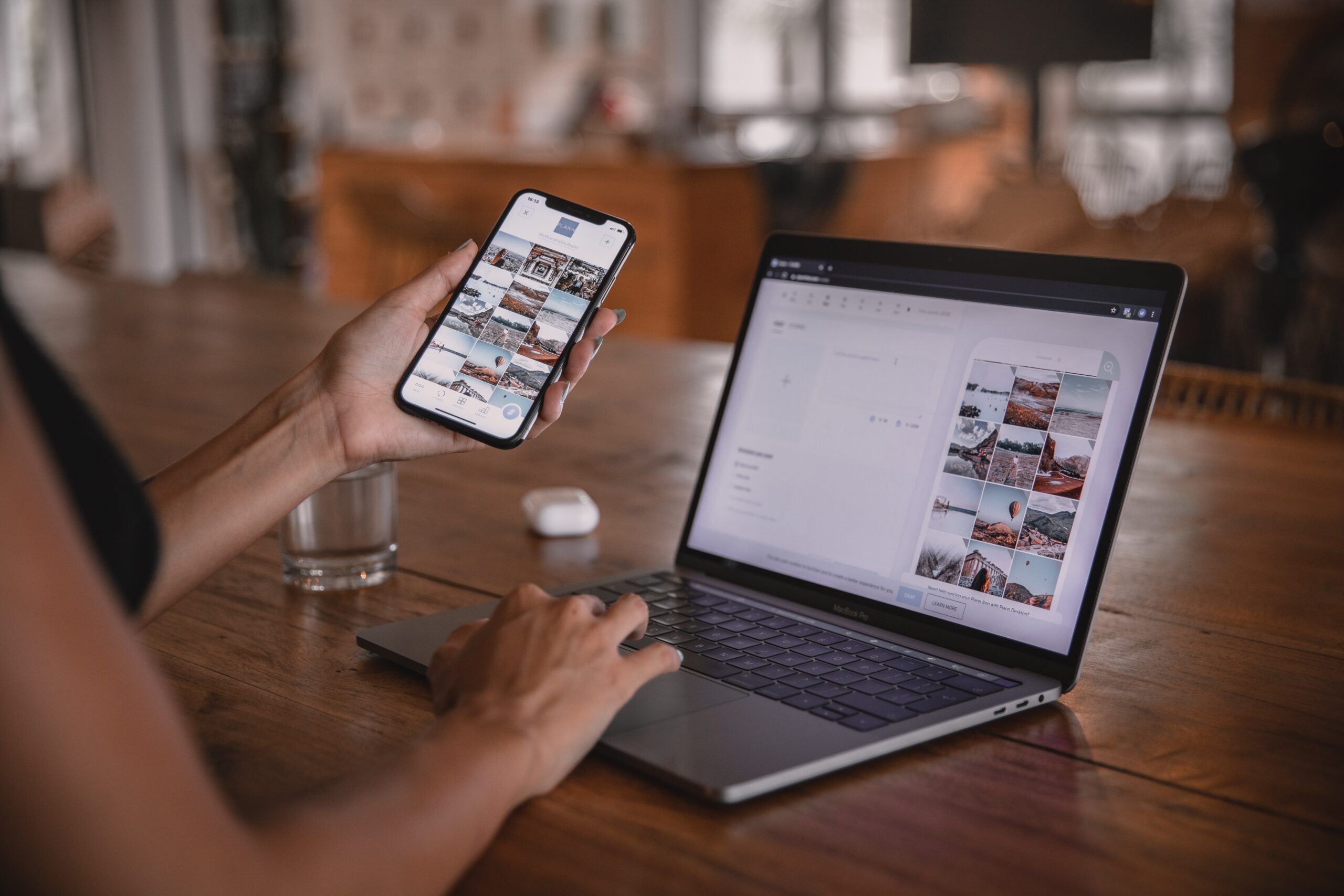
Setting Up Your SEO

SEO can be a technical topic with a lot of jargon, but it does not have to be complicated at all. Below we discover the main areas of SEO, how to use it and what to use when to make your page as optimal as possible to be picked up by Google. For your website to be successful and easily found on the web, you need to ensure that your SEO settings are perfect. We discuss the basics in the article.
Still not sure what SEO is? Read this article first.
Focus Key Phrase for SEO
A focus keyphrase is a phrase you use for Google to focus on. This is usually a word that comes from your page title. In a blog post, this will usually be found in your post title. For example, if your title is Hardwood Flooring In South Africa, your keyphrase will be something straightforward like Hardwood Floors. It is always a good idea to choose a key phrase that is found throughout the copy on the page or blog post.
Meta Description
The meta description is something you need to fill in yourself. This is the description under the heading of your page or post as Google finds it. You can usually switch between a mobile and desktop view, depending on the application you are using to assist with your SEO on your website. This is also where your slug line will come into play. Make sure your slug line is related to your topic and not too long. If we refer back to the Hardwood Flooring In South Africa example, your slug line here would be something simple like; hardwood-floors-south-africa. Always incorporate your key phrase into your slug line.
Key Phrase in Intro and Headings
It is really important to distribute your key phrase evenly throughout your page or post. Your key phrase should be found in your introduction. This is important so that the reader immediately knows what the page or post is about. You should repeat your key phrase in some of your headings and subheading too.
Internal and Outbound Links
Links are crucial on your page or post. This should be in the form of two types of links. Firstly, internal links – links that link back to your website. At the beginning of this article, we shared a link about what SEO is. That was a great example of an internal link. An outbound link, on the other hand, is a link that takes the reader to another website. This website will either be related to yours of share similar info as you do on that specific page or post. Outbound links are great because linking to other sited can increase traffic to yours.
Image Attributes
Last but not least, do not forget about your alternative image attributes. This is where you will use your key phrase in the description of your image. This is how Google can find the images in your article which people may be searching for and redirect them to your site.






